When your brother just died, you’ve moved to a new town, and your life’s pretty much been a wreck for years, you might want a bit of comfort.
Troubled empath Alex Chen doesn’t get that luxury after she arrives in Haven Springs, Colorado. Her unique ability means that, when powerful emotions afflict people, she can hear their thoughts and even experience what they’re feeling and how they see the world. And for Deck Nine, that means she’s responsible for solving everyone’s problems — regardless of how she feels about it.
It’s a heavy burden placed on someone from a broken background, and on paper, it has the potential for some touching, profound commentary on what it means to grieve. But Life Is Strange: True Colors is often less concerned with exploring painful emotions than it is with just presenting them and calling it a day.
It’s a beautiful game in many respects, but a surprisingly shallow approach to emotional healing and uneven development mean True Colors is frequently at odds with itself and falls short of its true potential.
Life Is Strange True Colors Review: What About Alex?
Alex comes from a troubled family and entered the foster system at a young age. Her brother, Gabe, managed to create a life for himself in Haven Springs and, once he tracks Alex down, invites her to live with him.
True Colors’ first chapter is one of the narrative’s strongest. You see an Alex full of uncertainty, avoiding eye contact, making choices about whether to show affection, and struggling to deal with the overwhelming nature of being in a new place surrounded by new people.
Phone messages and her journal help piece together the tragic story of her youth, and Deck Nine hid (too well, in some cases) plenty of additional clues about Alex and Gabe’s father.
It’s probably impossible to root for Alex any more at that point or to want the best for her. She’s one of the most interesting and well-realized protagonists in games, and watching her grow close to Gabe and start to realize that maybe she does deserve a happy life is one of the most touching sequences I’ve seen.
It’s also where Haven Springs’ characters come to life the most, at least until nearer the end of the game. Forest ranger Ryan shows genuine concern for Alex, for example, and Steph from previous Life Is Strange entries is flirty and fun. It’s a promising start to a new life.
Of course, that doesn’t last. It’s no spoiler to say Gabe dies since Deck Nine makes it a key part of True Colors’ marketing. That’s when things go off the rail for both Alex and the game.
True Colors is supposed to be about Alex and empathy, but her development and everyone else’s nosedives after the first chapter. Throughout the second and third chapters, my reaction was almost always “What about Alex?” Ryan is sad about Gabe’s death. What about Alex? Steph needs comforting because he was her best friend. What about Alex?
No one gives a thought to the orphan girl with no friends who just lost her only family member after moving to a new town. Even Alex doesn’t talk about it, which is an odd decision. A good chunk of the game reduces her to being psychic Mary Poppins, flitting around town solving problems and (mostly) trying to help people be happy.
There’s even a point in chapter two where everyone leaves Alex behind during Gabe’s wake. Her touching gesture of affection inspired joy in the crowd, and as they watch it float away in the wind, Alex draws comfort from the glowing emotions they feel — which is good, since she’s apparently not getting any emotional fulfillment or healing otherwise.
I get that in some ways. Alex wants to make the best of her new home, so she does what she can to help. It’s almost like Deck Nine forgot they created an emotionally complex character in these moments, though, someone who also has needs and should be cared for.
It’s never quite like “you give me one emotional benefit, I give you a day of peace in Haven Springs,” but the transactional nature does put a damper on the town feeling like a cozy new home. It’s not intentional either. Haven Springs is an overly-idealized small town, so there’s never any danger of not fitting in to begin with.
The only time we get a read on Alex’s feelings is during one of True Colors’ Zen Moments. These are beautifully frustrating segments where Alex just pauses to reflect and view the scenery while one of True Colors’ licensed songs plays in the background. The beautiful part is obvious, but the frustration comes from seeing what might have been. These are the only times Alex can reflect on her own emotions and the overwhelming changes in her life because True Colors refuses to give her the time and space elsewhere. And not every Zen moment even lets her do that.
Deck Nine doesn’t seem too sure what story it wants to tell. It’s a murder mystery, slice of life, homecoming, family, and self-acceptance story. It’s all supposed to revolve around empathy, but True Colors takes a shallow approach to emotions and healing in general.
Most important scenes start with someone feeling a strong emotion. Alex uses her power and understands why. Then you choose something to say based on what Alex learned, and the emotion goes away. It makes sense in some cases, for example, where Alex removes the source of someone’s fear. In others, it’s almost ridiculously oversimplified, where a touching game of foosball or a gentle reminder of a dead goose story means the problem is dealt with, and we can move on.
True Colors doesn’t have to wallow in misery, and everyone deals with loss in different ways. But if it’s going to tackle heavy topics such as grief with any kind of maturity, there should be an actual commitment to dealing with these issues beyond one or two sentimental scenes before they disappear. Trauma and grief don’t just vanish after one touching scene. They linger, unpredictable and often ugly. Treating them lightly as True Colors frequently does has the potential to do more harm than good.
Catharsis requires more than just seeing an issue you recognize. There’s no real tension or release in any of True Colors’ emotional conflicts because Deck Nine stops short of doing anything meaningful with them — or anything at all, for that matter.
The side stories illustrate this the best and always left me wondering “What am I supposed to do with this?” Take an early example with Eleanor, the flower shop owner, for instance.
Eleanor is dealing with the early-to-mid stages of dementia, but no one knows it until Alex comes along. You’re thrust into Eleanor’s grief and have to help retrace her steps so she remembers something important, then choose to be honest or lie about something else she forgot, neither of which produces good results.
At the end of it all, you choose to tell Riley about it or let her go off to college. It’s an almost predatory play on people’s emotions, one that takes a tragic issue, shoves it in your face, and says “look, isn’t this sad? Don’t you feel things?” before walking away, slightly smug about addressing a “big issue.”
Even your important choices don’t have a significant effect on how things unfold, and figuring out the “right” answer is pretty simple for the most part. It doesn’t help that Alex’s power adds no layers of complexity or interest to True Colors‘ proceedings. It’s just another button to press.
In short, True Colors needed more time and thought, and that’s a shame. I wanted to love Haven Springs, and I did — when it let me. There’s an almost overwhelming number of areas and items to explore, with Alex providing witty or insightful commentary for even the most mundane things.
Her relationships with Ryan and Steph (and everyone else, essentially) unfold almost exclusively through background text messages that offer a glimpse into their daily lives. Here, too, most of it skims the surface. There’s nothing particularly profound about any of their relationships, and both romance options feel rather wooden in the end.
If True Colors were just a slice-of-life or mystery game, that would be perfectly acceptable and even expected, though. There’s care put into these details and the shenanigans they get up to. Even if no one is actually allowed to develop much, I found myself liking Haven Springs’ flawed, quirky citizens anyway, thanks in no small part to a set of fantastic voice acting performances, especially from Alex’s actor, Erika Mori.
It’s a town you want to spend time in, and had Deck Nine focused more on developing the relationships instead of trying to make big statements about emotions and connectivity — statements True Colors is in no way equipped to handle — the ironic thing is True Colors would have been closer to saying something important about relationships anyway.
As long as someone remembered to check on Alex, at least.
Life Is Strange True Colors Review — The Bottom Line
Pros
- Packed with detail
- Alex is a fantastic character
- Strong performances
- Zen moments are touching and beautiful
Cons
- Shallow attempt at tackling emotions and heavy topics
- Character development tanks after the first chapter
- Split focus means no aspects get the development they need
- Borders on emotional manipulation at times
- Alex’s power feels gimmicky and adds little to the experience
Life is Strange: True Colors might feature grown-up characters, but it’s evident the franchise itself still has a bit of growing to do. Deck Nine tries and ultimately fails to tell a story of emotional healing at best.
At worst, it treats difficult topics with a flippant callousness that suggests it doesn’t quite understand how to deal with these emotions to begin with, let alone tell a meaningful story about healing and moving on.
[Note: Square Enix provided the copy of Life Is Strange: True Colors used for this review.]

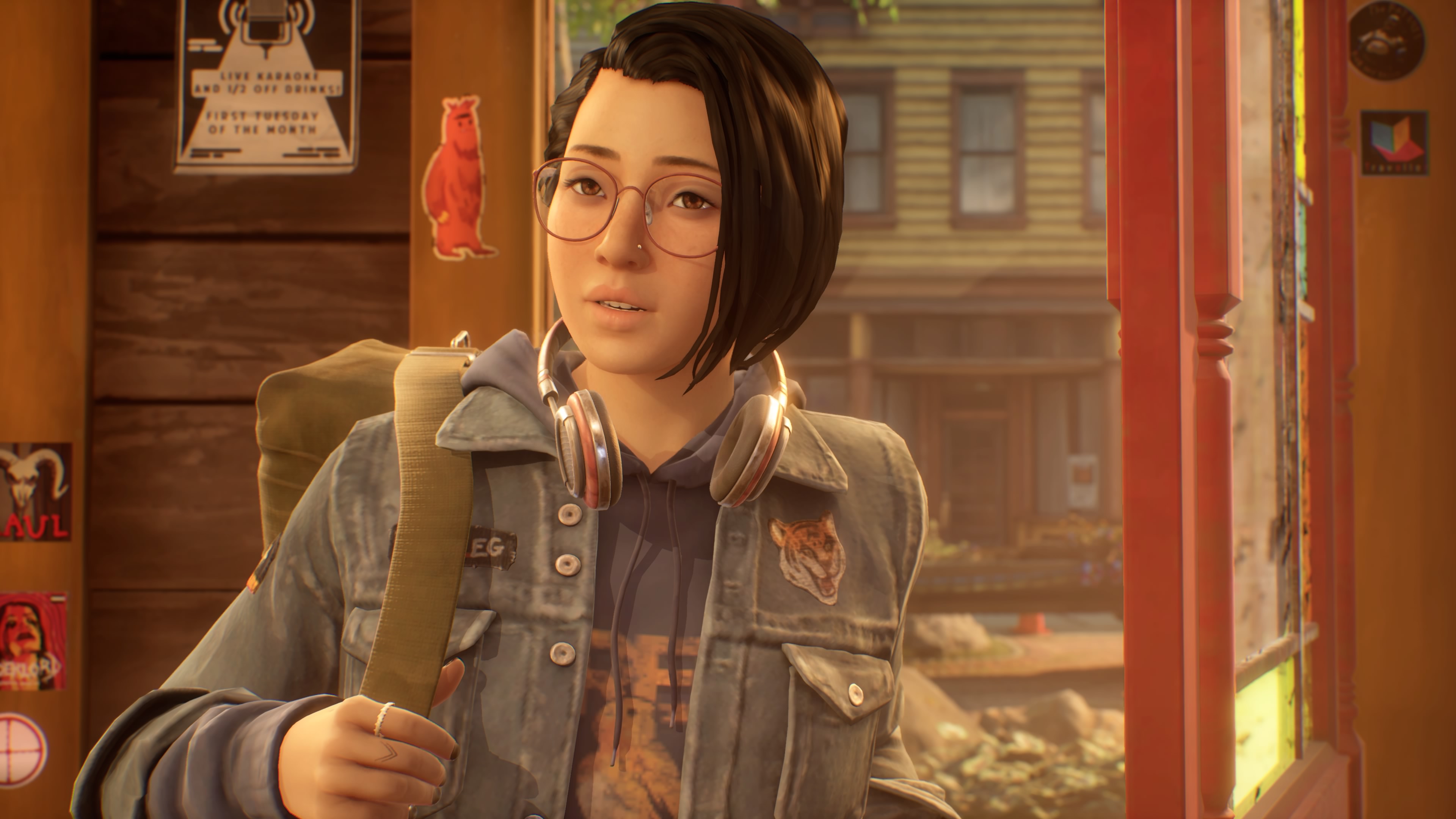

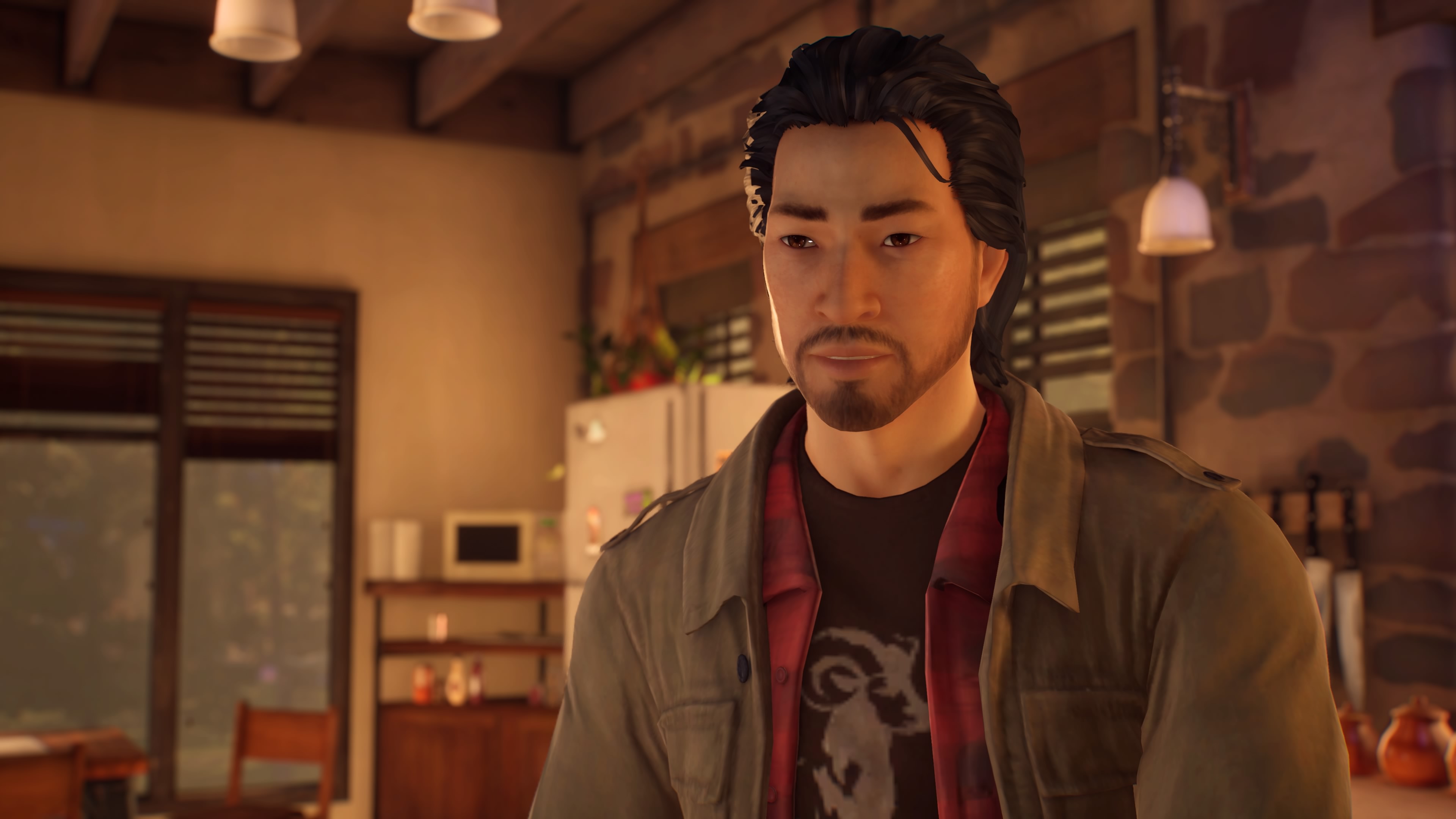
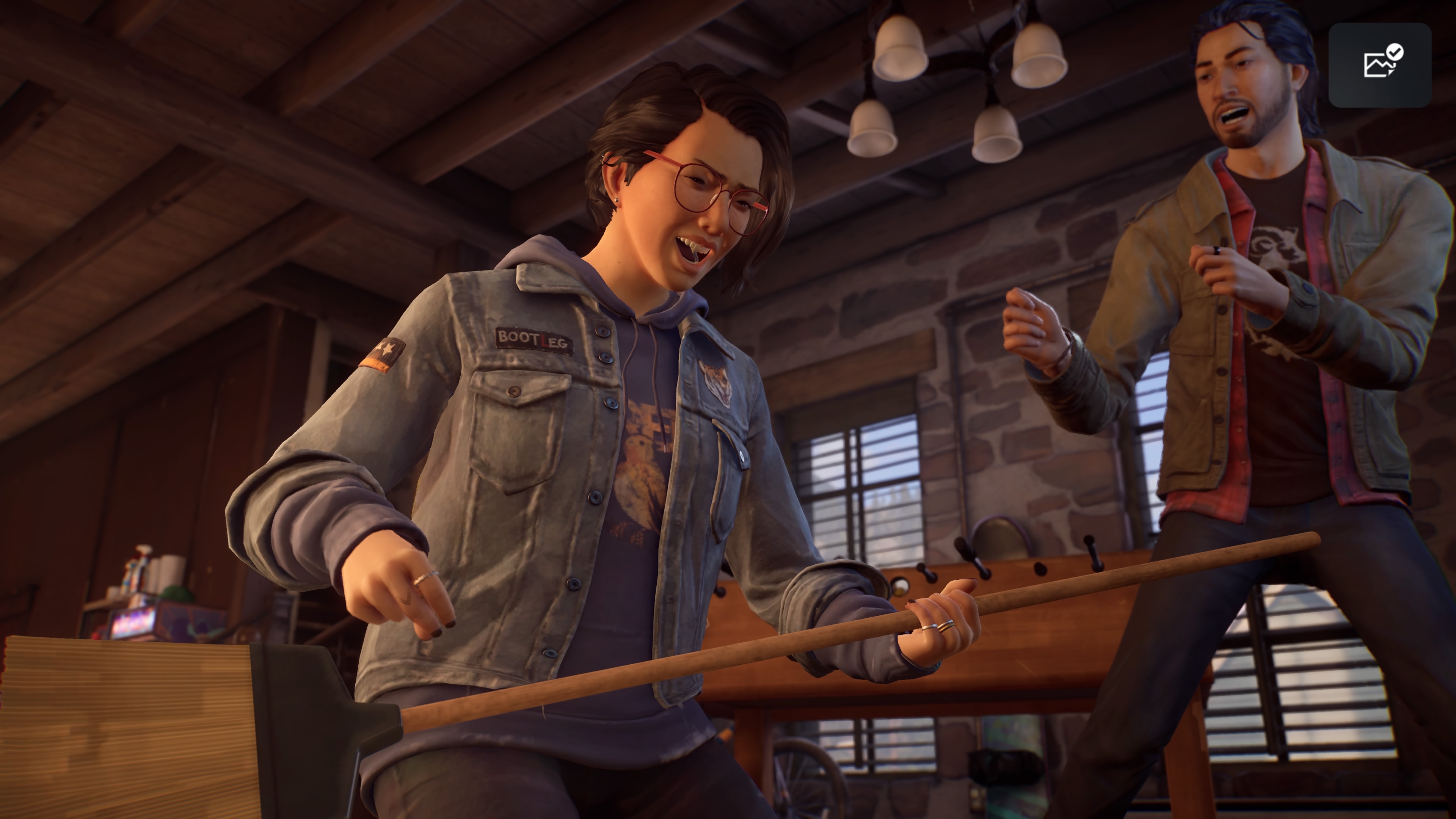
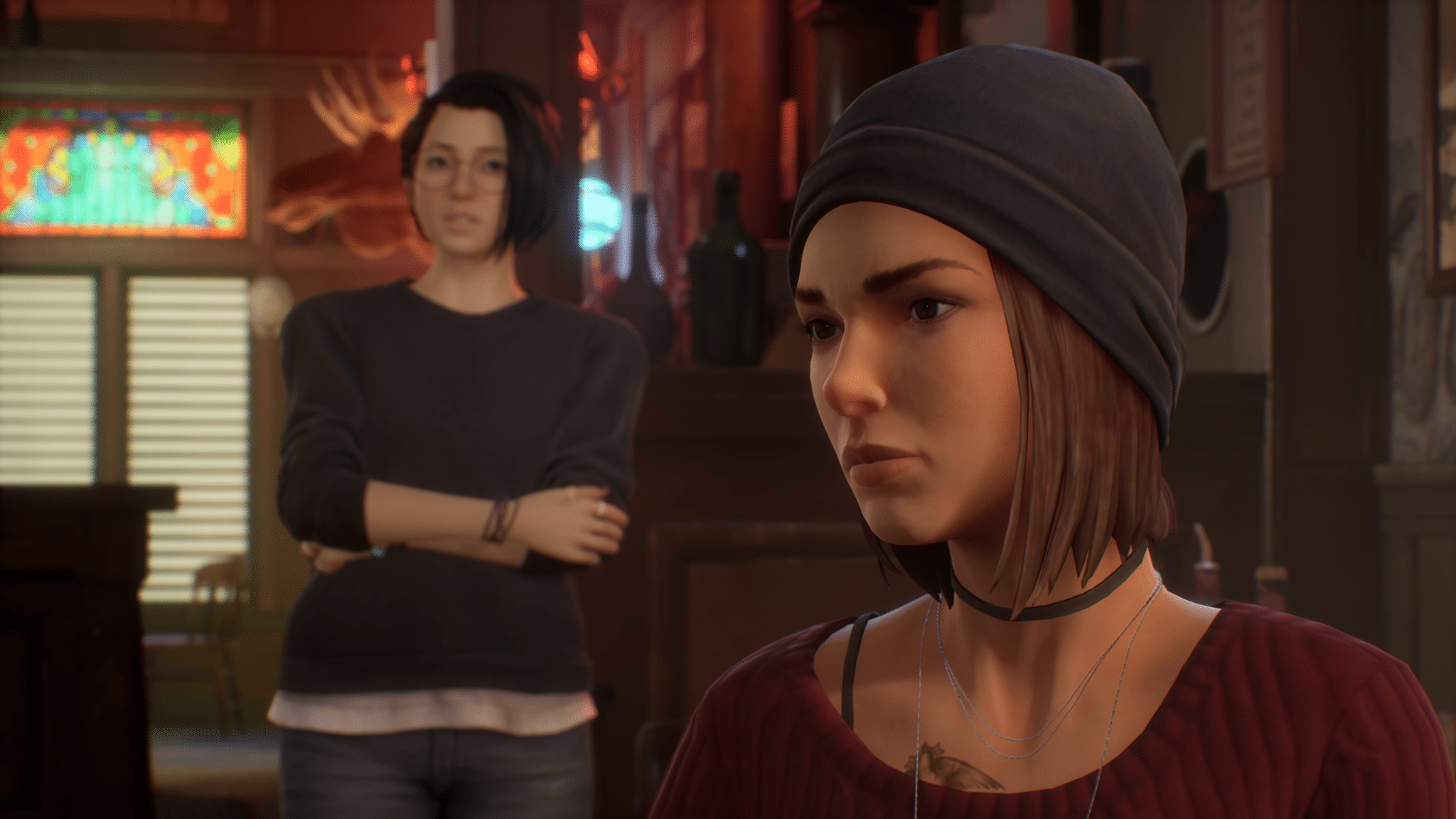
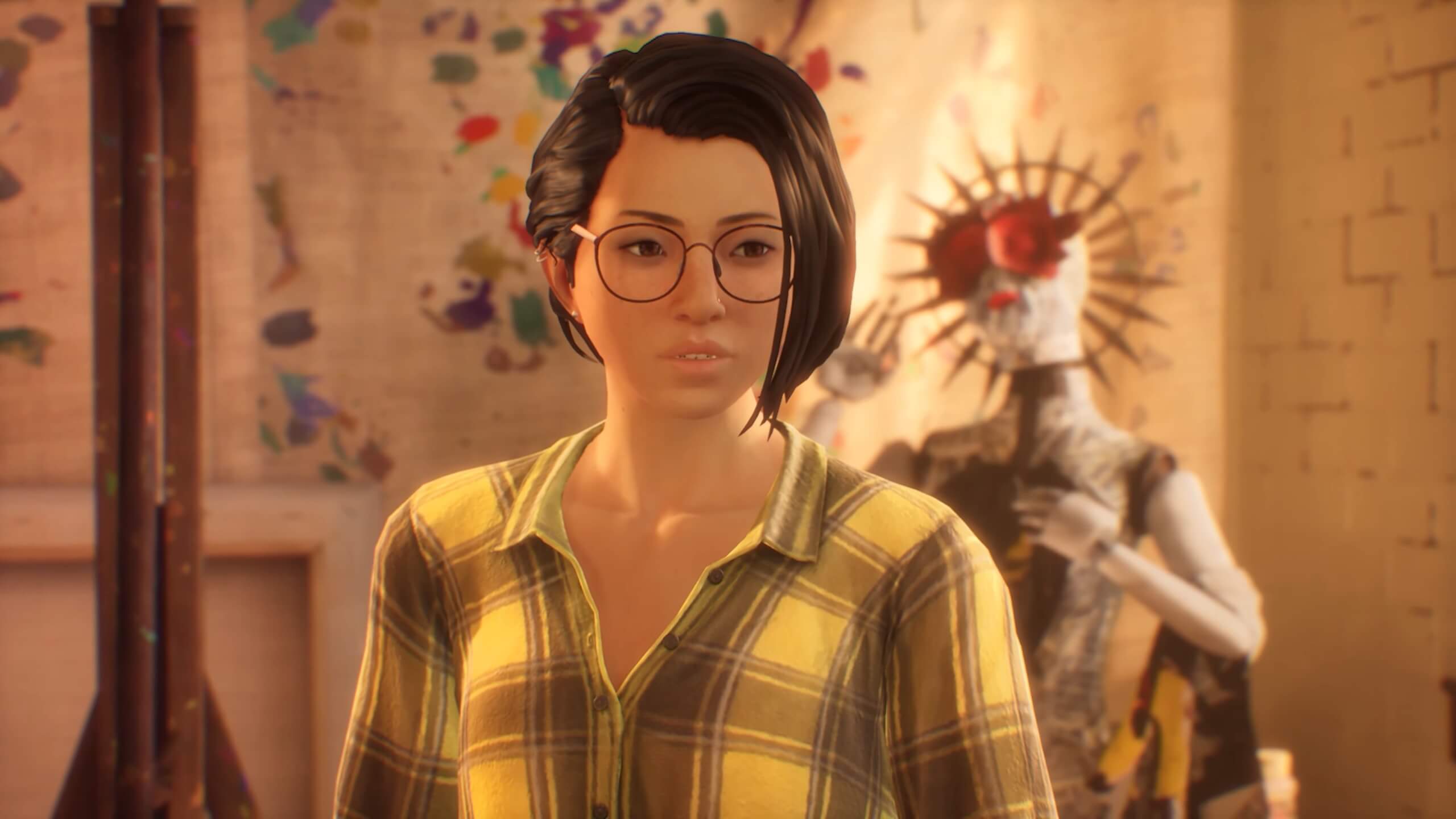
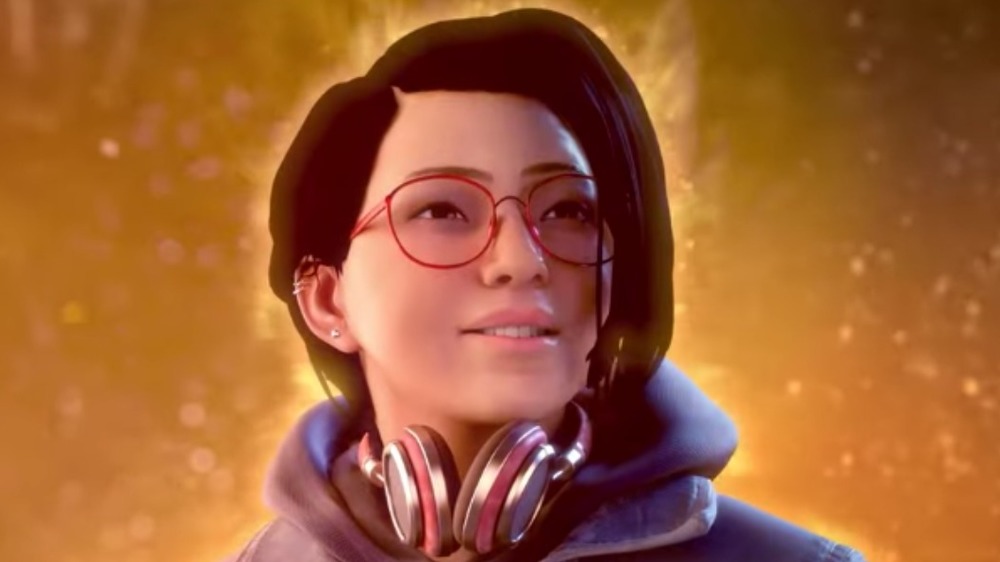





Published: Sep 8, 2021 9:41 PM UTC